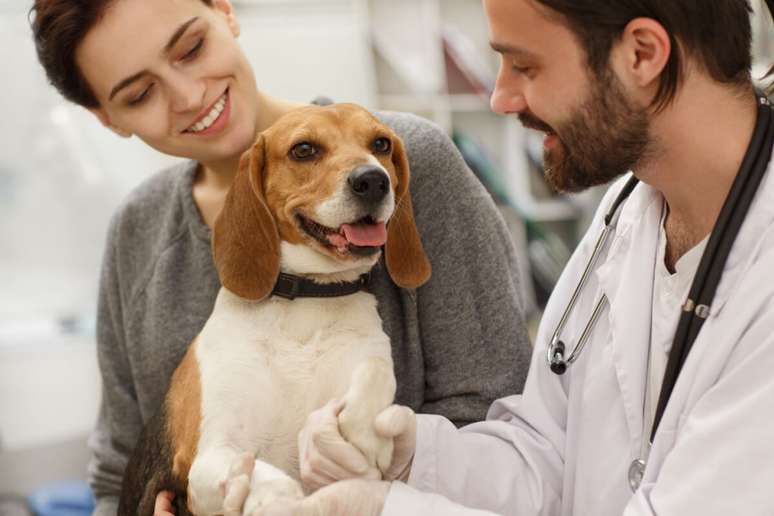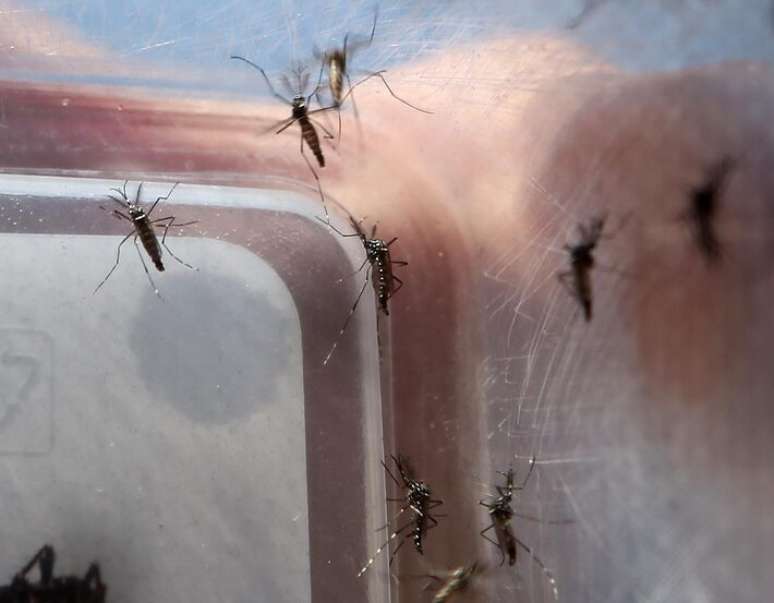The veterinary doctor explains the necessary treatments to prevent and treat this type of disease
Distemper is a highly contagious infectious disease that primarily affects unvaccinated dogs. Caused by a virus of the genus Morbillivirus, belonging to the family Paramyxoviridaethis disease can be fatal to the animal.
html[data-range=”xlarge”] figure image img.img-1ed006121e43bf948edaf01d35f9795coc97as46 { width: 774px; height: 516px; }HTML[data-range=”large”] figure image img.img-1ed006121e43bf948edaf01d35f9795coc97as46 { width: 548px; height: 365px; }HTML[data-range=”small”] image figure img.img-1ed006121e43bf948edaf01d35f9795coc97as46, html[data-range=”medium”] figure image img.img-1ed006121e43bf948edaf01d35f9795coc97as46 { width: 564px; height: 376px; }HTML[data-range=”small”] .article__image-embed, html[data-range=”medium”] .article__image-embed { width: 564px; margin: 0 auto 30px; }
Although distemper is known to affect dogs, it can also infect other land carnivores such as wolves, foxes, raccoons, ferrets, skunks, bears, meerkats, and some wild cats such as jaguars, lions, ocelots, and cheetahs. Furthermore, transmission occurs by direct contact with another infected animal.
According to Bruna Stafoche, veterinarian at the Anhembi Morumbi University and member of Ecossistema Ânima, the clinical manifestations of distemper can vary depending on the virulence of the viral strain, the environmental conditions in which the animal lives, age and immunity from the pet infected.
symptoms of the disease
It is important to be aware of the signs of this disease and to seek appropriate veterinary care to ensure the necessary treatment and care for your pet. “Severe generalized distemper is the commonly recognized form of the disease and can occur in dogs of any age. However, it is more common in unvaccinated dogs and puppies. It usually starts with mild conjunctivitis, followed within a few days by coughing, loss of appetite, vomiting, diarrhea and dehydration,” explains the vet.
already the neurological manifestations, according to Bruna Stafoche, are progressive and there may be myoclonus, which is an involuntary twisting of the muscles in a forced simultaneous contraction, without other neurological signs, such as convulsions. “Also, the patient may have pneumonia and skin changes,” she says.
Treatment and prevention of distemper
Bruna Stafoche explains that the best form of protection is the vaccine. Furthermore, always according to the specialist, after the diagnosis, the accompaniment doctor is essential. “Treatment of distemper is supportive, in order to restore hydration, appetite and control neurological changes. With this, we hope to reduce the cases of mortality. The cure only occurs if the animal’s immune system is able to fight the disease virus”.

Duration of the disease
As Bruna Stafoche explains, after the infection, for about two to four days, viral replication begins in the tonsils (lymphoid tissue located at the entrance to the respiratory and digestive tracts), lymph nodes and lungs. In about 4-6 days, the virus multiplies in various other lymphoid tissues, such as the spleen, followed by the lymphatic and other organs.
Then the central nervous system infection phase can occur, in which the virus spreads through the neurons, causing acute encephalitis. The sequence of pathogenic events depends on the viral strain and can last from one to two weeks.
Why does distemper cause death?
According to the expert, the mortality of infected pets is high, as there is no specific treatment for the disease. Since it is a virus that affects one of the noblest systems of the animal body, the central nervous system, many develop neurological manifestations incompatible with life. Therefore, the life span of the infected dog can vary depending on the severity of the symptoms and can cause death within days. On the other hand, animals that recover from distemper develop lasting immunity against the disease and live for many years.
What to do if the animal has symptoms of the disease?
For the veterinarian, the first thing to do is to check that the animal’s vaccination protocol is complete. Emphasize that it is essential to evaluate whether the animal has received the vaccines correctly from a veterinarian.
If this has been done, the chance of contracting distemper is small, although it still exists. Based on this information, you should seek advice from a veterinarian to evaluate, make an accurate diagnosis and prescribe the appropriate treatment. It is important to remember that the distemper virus is environmentally sensitive.
“Since it is an ‘enveloped’ virus, complete cleaning of the environment with common disinfectants is sufficient to sanitize the room and avoid contagion from other pets circulating in the same environment”, concludes the specialist.
By Talita Gomes
Source: Terra
Ben Stock is a lifestyle journalist and author at Gossipify. He writes about topics such as health, wellness, travel, food and home decor. He provides practical advice and inspiration to improve well-being, keeps readers up to date with latest lifestyle news and trends, known for his engaging writing style, in-depth analysis and unique perspectives.









